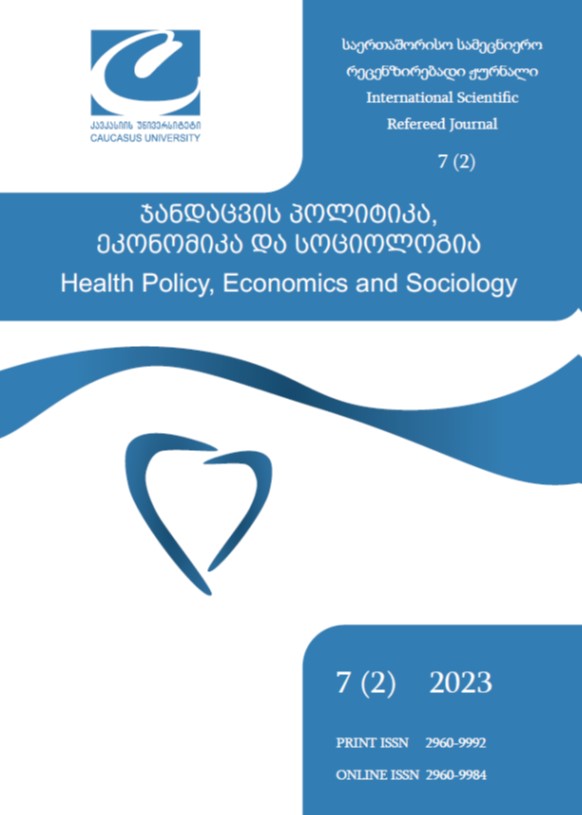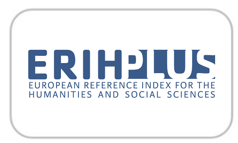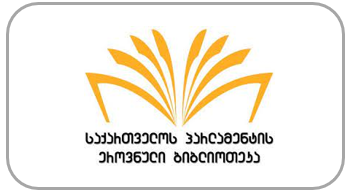მოსახლეობის ინფორმირებულობა ონკოლოგიური დაავადებების ადრეული გამოვლენის თაობაზე
DOI:
https://doi.org/10.52340/healthecosoc.2023.07.02.02საკვანძო სიტყვები:
მკერდის კიბო, კიბოს სკრინინგი, ონკოლოგიური დაავადებებიანოტაცია
შესავალი: ონკოლოგიური დაავადებები როგორც მსოფლიოში, ასევე საქართველოში მზარდი ტენდენციებით გამოირჩევა. დაავადებით გამოწვეული მაღალი სიკვდილიანობის მთავარი მიზეზი არის გვიანი დიაგნოსტირება, რაც მიუთითებს საზოგადოების დაბალ ცნობიერებაზე და ადრეული სკრინინგის მნიშვნელობაზე. კვლევის მიზანია ონკოლოგიური დაავადების ადრეული დიაგნოსტიკის მნიშვნელობის შესახებ მოსახლეობის ინფორმირებულობის დონის შეფასება. მეთოდოლოგია: გამოყენებულ იქნა კვლევის რაოდენობრივი მეთოდი. შედეგები: კვლევამ აჩვენა, რომ მოსახლეობაში მაღალია სკრინინგ ცენტრის მომსახურებით კმაყოფილების მაჩვენებელი, თუმცა ონკოლოგიური დაავადებების შესახებ მოსახლეობაში ჯერ კიდევ არსებული სტერეოტიპული წარმოდგენები ხელს უშლის დაავადების ადრეულ სტადიაზე გამოვლენას და მოსახლეობის სკრინინგ პროგრამაში ჩართვის მაღალ მაჩვენებელს.წყაროები
ავთვისებიანი ახალწარმონაქმნების გავრცელება საქართველოში, კიბოს პოპულაციური რეგისტრის 2015 წლის მონაცემები, დაავადებათა კონტროლისა და საზოგადოებრივი ჯანდაცვის ეროვნული ცენტრი
Austoker J, Bankhead C, Forbes LJ, Atkins L, Martin F, Robb K, Wardle J, Ramirez AJ. (2009). Interventions to promote cancer awareness and early presentation: systematic review. Br J Cancer. Dec 3;101 Suppl 2:S31-9.
Benjamin O. Anderson MD, Braun S, Lim S, Smith RA, Taplin S, Thomas DB, Hutchinson F. (2003). Early Detection of Breast Cancer in Countries with Limited Resources.
Bray F, Jemal A, Grey N, Ferlay J, Forman D. (2012). Global cancer transitions according to the Human Development Index (2008-2030): a population-based study. Lancet Oncol 13: 790-801.
Buist DS, Porter PL, Lehman C, et al. (2004). Factors contributing to mammography failure in women aged 40-49 years. J Natl Cancer Inst.
Elmore JG, Armstrong K, Lehman CD, Fletcher SW. (2005). MSc Screening for Breast Cancer JAMA.
Horner MJ, Ries LAG, Krapcho M, Neyman N, Aminou R, Howlader N, et al, (2009). SEER Cancer Statistics Review, 1975–2006, National Cancer Institute. Bethesda, MD: National Cancer Institute;
Humphrey LL, Helfand M, Chan BK, Woolf SH. (2002). Breast cancer screening: a summary of the evidence for the U.S. Preventive Services Task Force. Ann Intern Med. 3;137(5 Part 1):347-60.
Jemal A, Center MM, Carol DeSantis, et al. (2010). Cancer Epidemiology, Biomarkers and Prevention
Jemal A, Bray F, Center MM, Ferlay J, Ward E, Forman D. (2011). Global cancer statistics.
Khan N, Afaq F, Mukhtar H. (2010). LIFESTYLE AS RISK FACTOR FOR CANCER: EVIDENCE FROM HUMAN STUDIES.
IARC (2002). Breast cancer screening, IARC handbooks for cancer prevention, International Agency for Research on Cancer.
IARC (2008). World cancer report 2008. Lyon, International Agency for Research on Cancer.
McTiernan A, Ulrich C, Slate S, Potter J. (1998). Physical activity and cancer etiology: associations and mechanisms. Cancer Causes Control
National Cancer Institute (2009). Surveillance Epidemiology and End Results (SEER) Stat Fact Sheets: Breast Cancer. Bethesda, MD: National Cancer Institute.
Nutbeam D. (2006). Department of Public Health and Community Medicine, A27, Health literacy as a public health goal: a challenge for contemporary health education and communication strategies into the 21st century University of Sydney, NSW, Australia
Ott JJ, Ullrich A, Miller AB. (2009). Noncommunicable Diseases and Mental Health Cluster, World Health Organisation, 20 Avenue Appia, 1211 Geneva 27, Switzerland; University of Toronto, Dalla Lana School of Public Health, Toronto, Canada.
Parkin DM, Almonte M, Bruni L, Clifford G, Curado MP, Pineros M. (2008). Burden and trends of type-specific human papillomavirus infections and related diseases in the latin america and Caribbean region. Vaccine.
Radimer KL, Ballard-Barbash R, Miller JS, et al. (2004). Weight change and the risk of late-onset breast cancer in the original Framingham cohort. Nutr Cancer
Roa BB, Boyd AA, Volcik K, Richards CS. Ashkenazi (1996). Jewish population frequencies for common mutations in BRCA1 and BRCA2. Nat Genet.
Villa LL, Costa RL, Petta CA, Andrade RP, Ault KA, et al. (2005). Prophylactic quadrivalent human papillomavirus (types 6, 11, 16, and 18) L1 virus-like particle vaccine in young women: a randomised double-blind placebo-controlled multicentre phase II efficacy trial. Lancet Oncol. May;6(5):271-8.
Vainio H, Bianchini F. (2002). Weight Control and Physical Activity, vol. 6. Lyon, France: International Agency for Research Cancer Press.
WHO. (2010). Cancer - Screening and early detection
WHO. (2008). World Cancer Report 2008, IARC
WHO. (2013). Word Cancer day 2013.
World Health Organization (2013) comprehensive cervical cancer prevention and control: a healthier future for girls and women.
ჩამოტვირთვები
გამოქვეყნებული
როგორ უნდა ციტირება
გამოცემა
სექცია
ლიცენზია

ეს ნამუშევარი ლიცენზირებულია Creative Commons Attribution-ShareAlike 4.0 საერთაშორისო ლიცენზიით .













